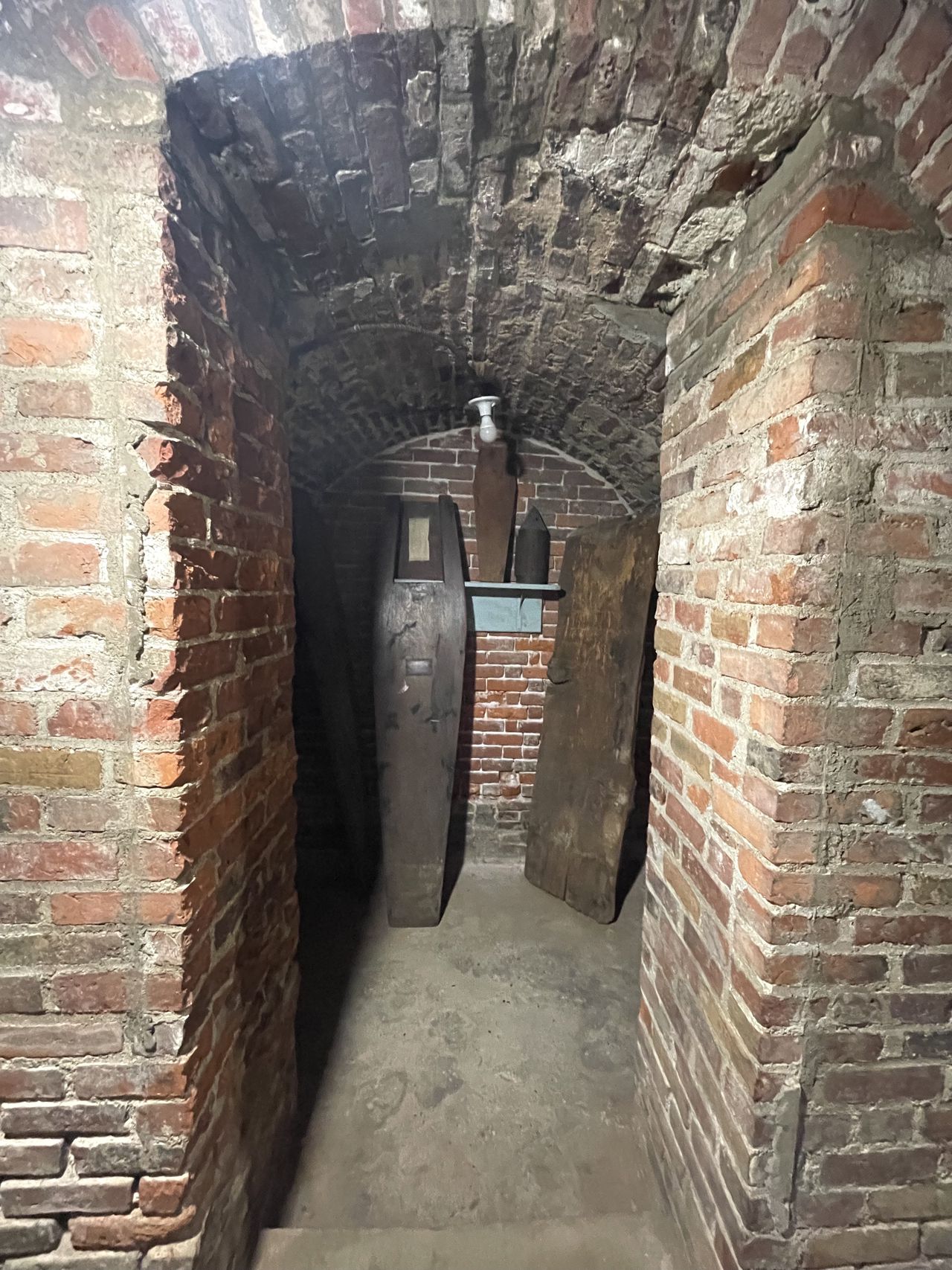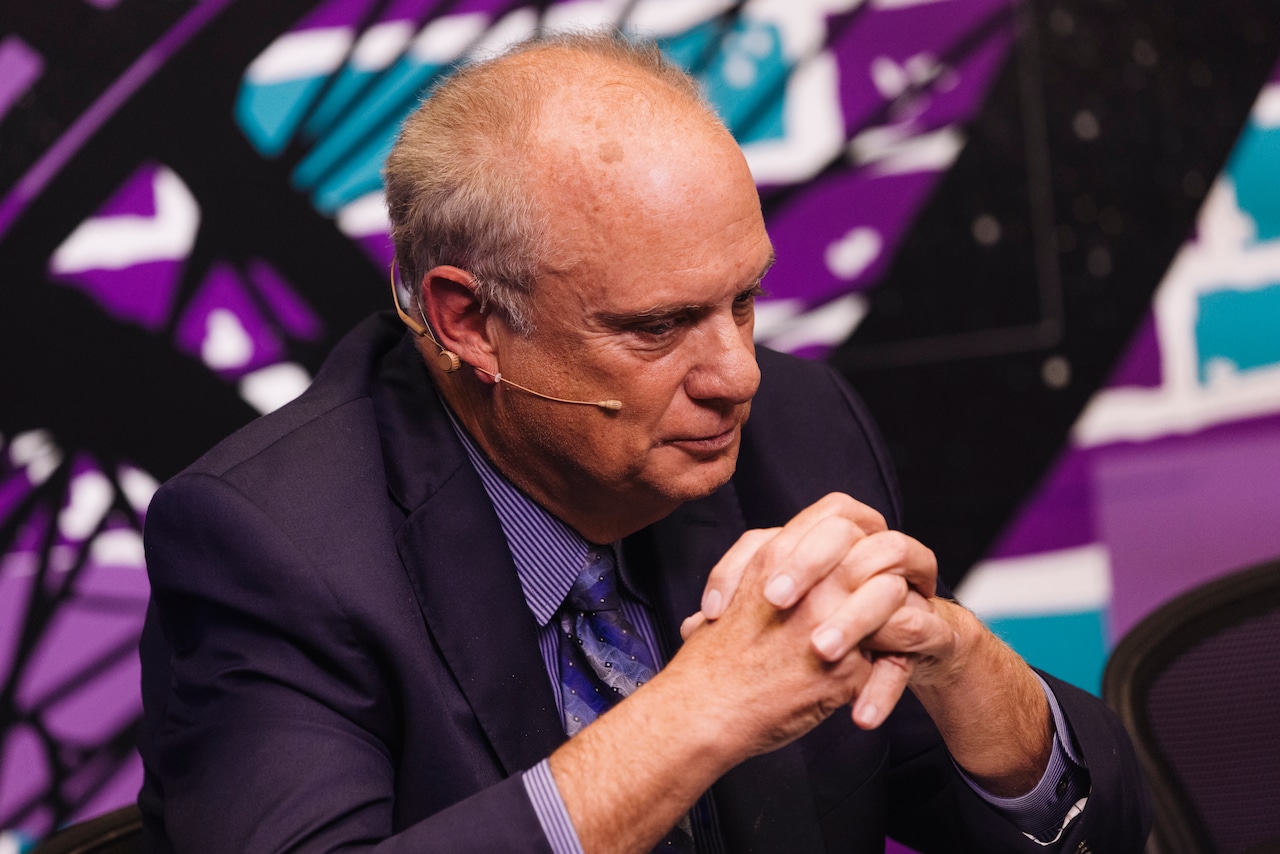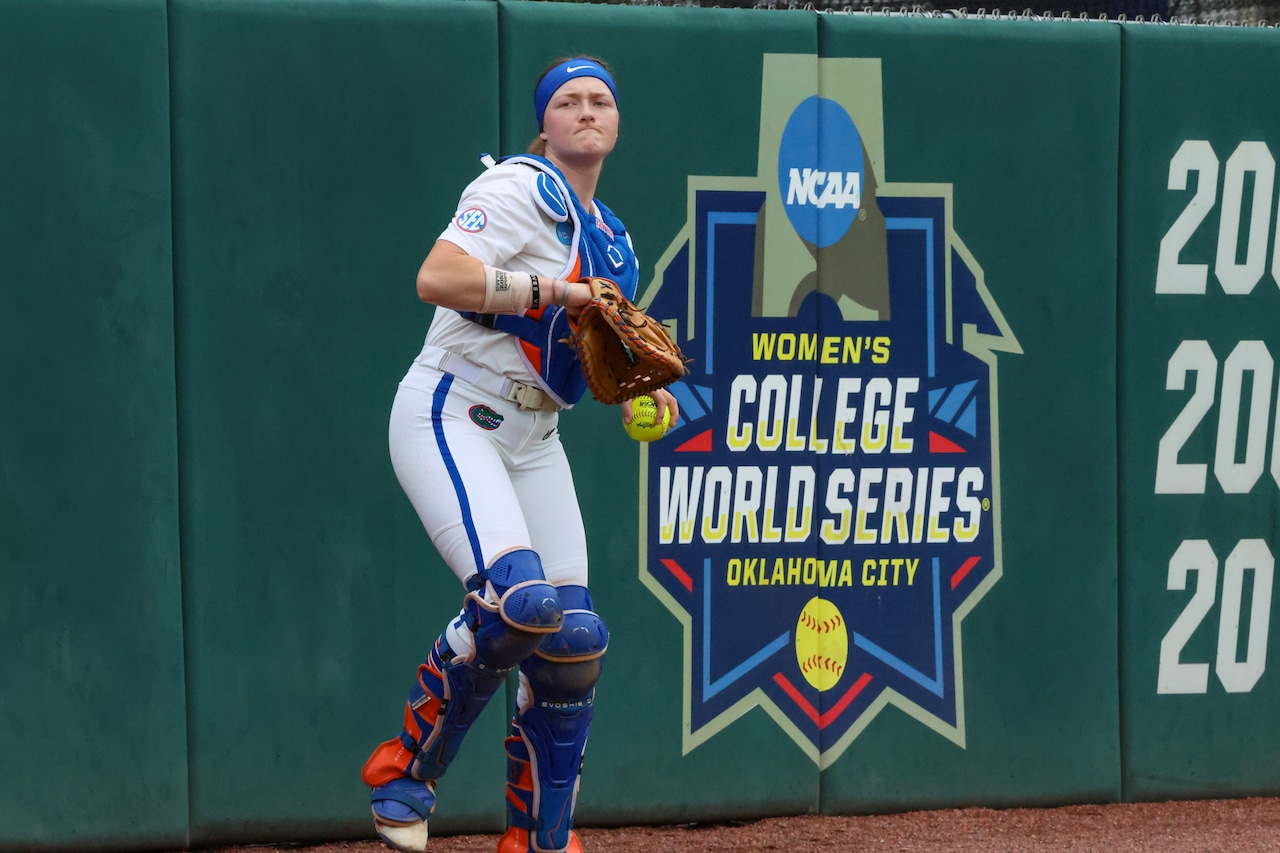
A popular Boston crypt tour is getting a special Halloween version that’s longer and later.
After a nine-month restoration project, which helped with the structural integrity of the tombs and the historic church, tours of the crypts reopened in August at the Old North Church in Boston.
Tours are usually 25 minutes and offered until 5 p.m. However, for a few days there will be an after-hours tour, which is 40 minutes and offered at 5:30 p.m. and 6:15 p.m. Oct. 26-31.
“These 40-minute adventures are an extended version of our popular crypt tours and are jam-packed with fascinating stories about the people buried in the crypt and the latest archeological discoveries,” the website states.
But attendees need to be comfortable in basements, tight spaces and talking about death.
Nikki Stewart, Old North Illuminated executive director, said she encourages people to imagine walking down into the crypt in the 1820s with only a candle.
“In a time when you’re surrounded by decomposing bodies before embalming was a thing, that would be an awful experience for any of us,” she said. “And yet, that was the way that you could visit and commune. Very different than going to a cemetery today.”
The Old North Church in Boston, known for the lantern signal that was a message arranged by Paul Revere, was built in 1723 and didn’t have space for a graveyard. Nine years after it opened, the organization said, “a single tomb was excavated under the sanctuary and additional tombs were added over time.” Burials took place in the crypt from 1732 to 1860, stopping after Boston banned indoor burials.
The Rev. Timothy Cutler, Old North’s first and longest-serving minister; Capt. Samuel Nicholson, the first commander of the USS Constitution; and Maj. John Pitcairn, a British major who died at the Battle of Bunker Hill, were all buried in the crypt. Overall, there are more than 1,100 bodies in the crypt.
Inside the tombs, many of the caskets are broken — worn down over time — and the bodies have various levels of decay.
“I think a lot of people think that when remains are put into a tomb, that they’re just going to stay that way forever. This is from a time period before embalming. And this is natural decay,” Jane Rousseau, a specialist in human osteology and archaeology, told MassLive. “This is the ashes to ashes, so to speak.”
The tour includes “fascinating discoveries made during the crypt’s recent restoration.”
Archaeologists and a restoration team told MassLive they were able to see was a gold ring on a child’s finger, other jewelry and clothing during the project. On one person buried in the crypt, the team saw stockings.
“I think that was the one that we all reacted to the most,” said Rousseau. “That really takes home that these are people and they were laid to rest here.”






